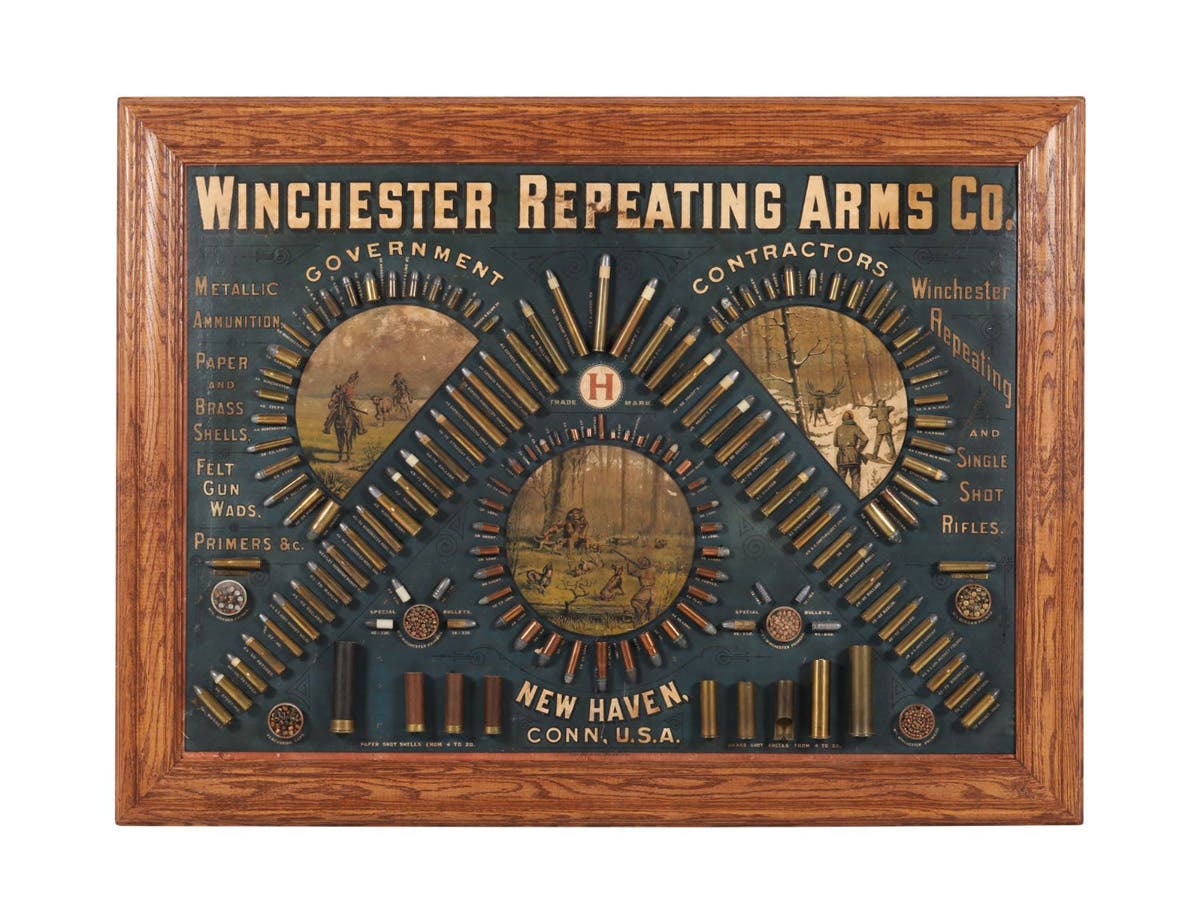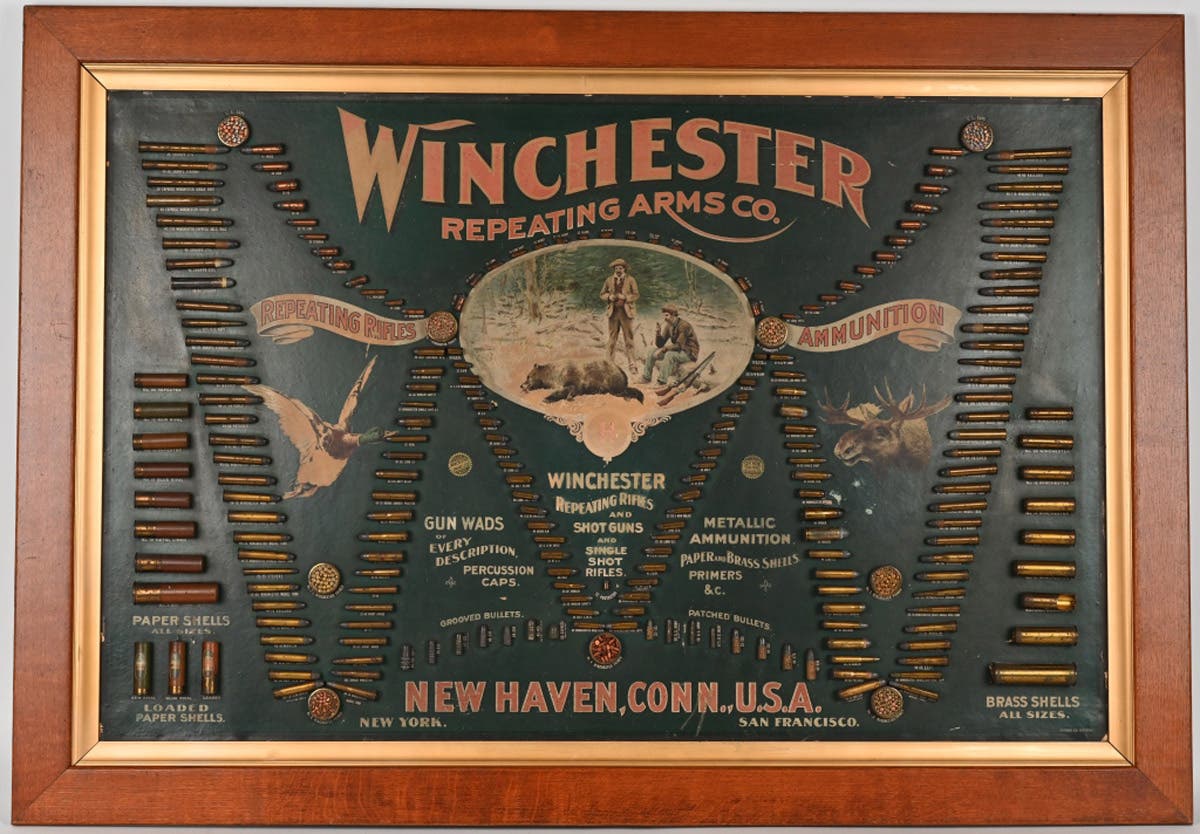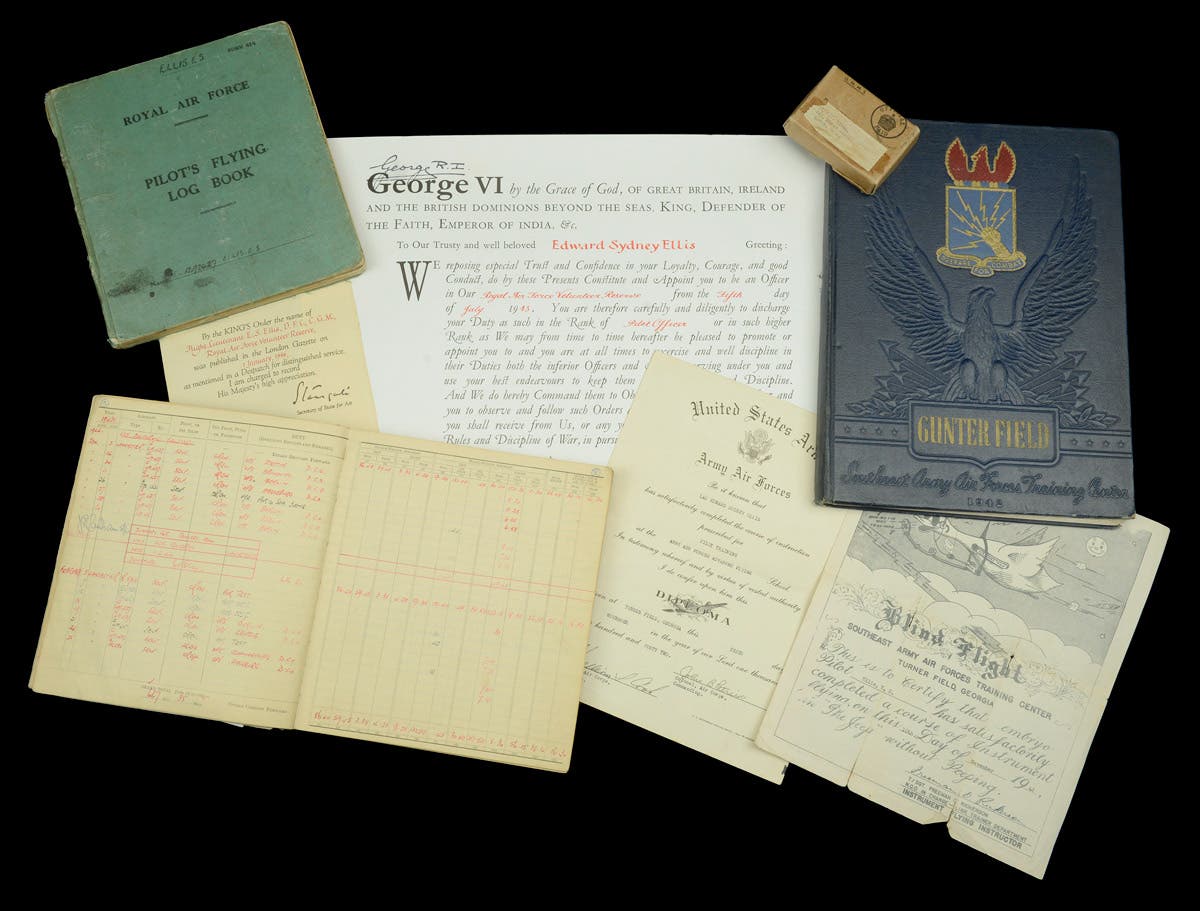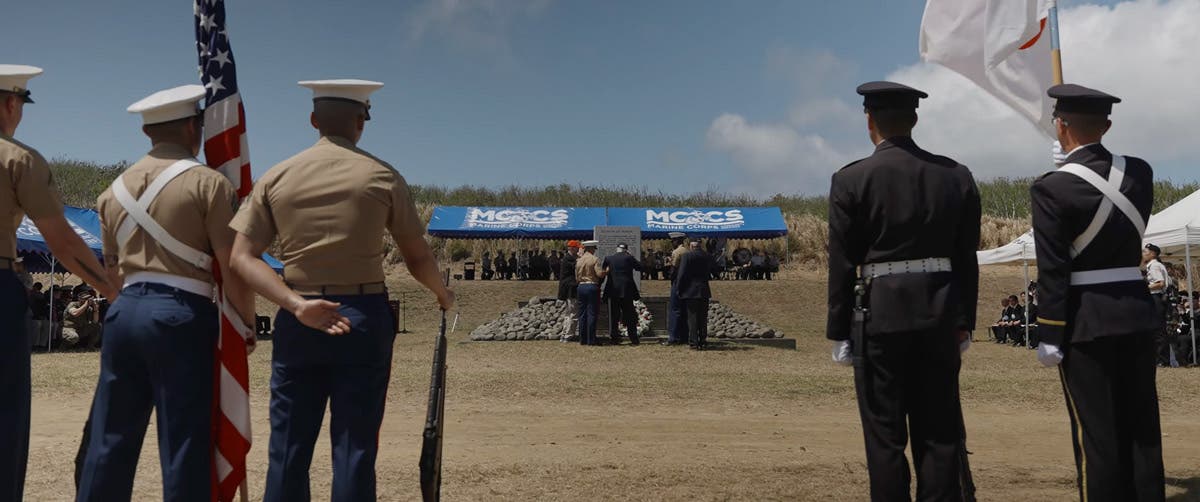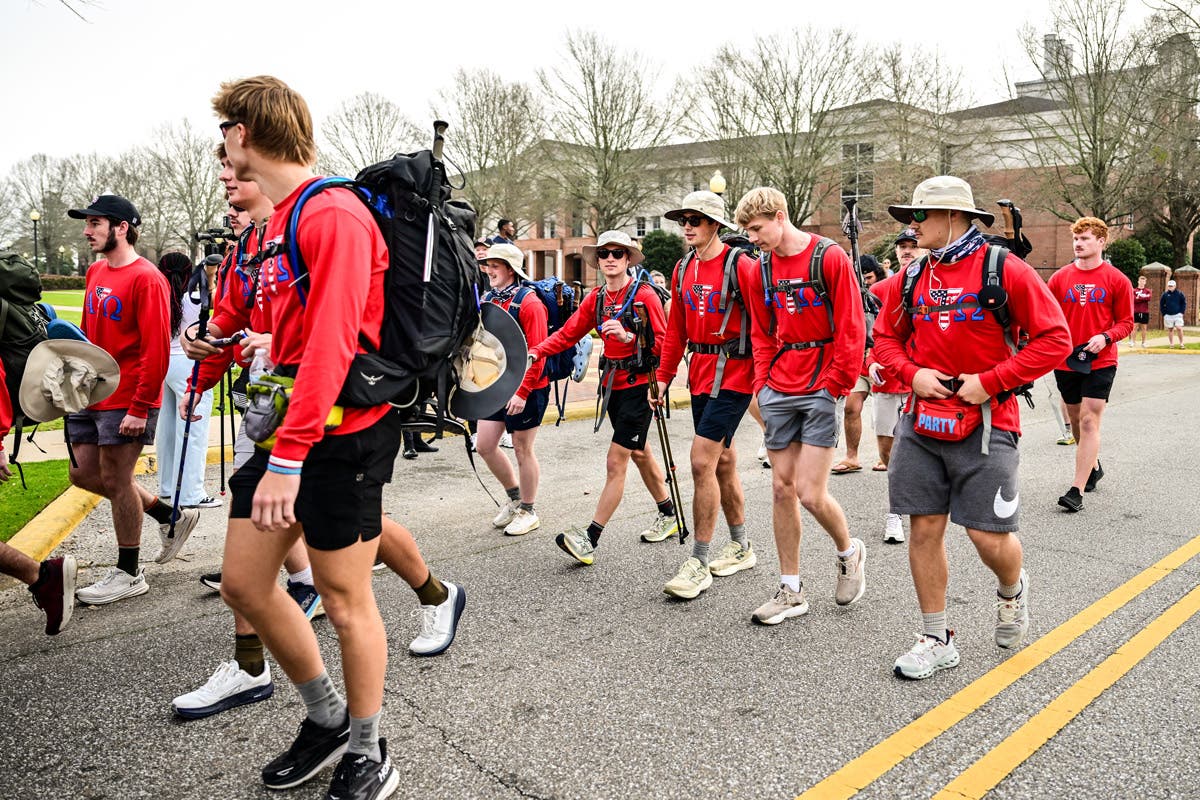Postal Service to issue Civil War stamps
Souvenir sheet of two stamps will be issued each year through 2015
With this 2011 issuance, the U.S. Postal Service begins a series commemorating the 150th anniversary of the Civil War, joining others across the country in paying tribute to the American experience during the tumultuous years from 1861 to 1865.
A souvenir sheet of two stamps will be issued each year through 2015. For 2011, one stamp depicts the beginning of the war in April 1861 at Fort Sumter, South Carolina, while the other depicts the first major battle of the war three months later at Bull Run, near Manassas, Virginia.
The Civil War profoundly changed the country, bringing an end to slavery, transforming the social life of the South and the economic life of the nation, and having a lasting impact on those who lived through the four-year ordeal.
Art Director Phil Jordan of Falls Church, Virginia, created the stamps using images of Civil War battles. The Fort Sumter stamp is a reproduction of a Currier & Ives lithograph, circa 1861, titled “Bombardment of Fort Sumter, Charleston Harbor.” The Bull Run stamp is a reproduction of a 1964 painting by Sidney E. King titled “The Capture of Rickett’s Battery.” The painting depicts fierce fighting on Henry Hill over an important Union battery during the Battle of First Bull Run.
For the stamp pane’s background image, Jordan used a photograph dated circa 1861 of a Union regiment assembled near Falls Church, Virginia.
The stamp pane includes comments on the war by Frederick Douglass, Abraham Lincoln, Thomas J. “Stonewall” Jackson, and Robert E. Lee. It also includes some of the lyrics used during the Civil War in “Johnny is Gone for a Soldier,” a song dating back at least to the Revolutionary War.
Fort Sumter
When Abraham Lincoln ran as the Republican candidate for President of the United States in 1860, his views on slavery were considered incendiary in the South. Slavery, according to Lincoln, was a “monstrous injustice” that deprived America’s republican example “of its just influence in the world.” The nation could not remain half slave and half free; it would “become all one thing, or all the other.”
South Carolina acted swiftly in response to Lincoln’s election in November 1860. On December 20, it became the first state to secede from the Union, precipitating a national crisis that would simmer until Lincoln could take the oath of office in March 1861.
At the heart of the crisis was Fort Sumter, a federal garrison located on a man-made island off the coast of South Carolina near the entrance to Charleston Harbor. The fort was under the command of Kentucky-born Robert Anderson, a career soldier holding the rank of Major in the U.S. Army who was both devoted to the Union and sympathetic to the South.
With his troops facing a growing threat from South Carolina militiamen, Anderson had secretly moved them on December 26 from Fort Moultrie, which was vulnerable to an attack from land, to Fort Sumter. While Anderson’s intent was to avoid bloodshed, his action provoked South Carolina officials to demand he surrender the fort, which was now a vital symbol of independence to the South and of national sovereignty to the North.
By the time Lincoln took the oath of office as President on March 4, 1861, six more southern states had seceded from the Union and the Confederate States of America had been formed. Jefferson Davis, who had been elected President of the Confederacy, had sent General Pierre G. T. Beauregard to take command of the militia in Charleston. The spotlight of history was brightly focused on Fort Sumter.
On his first full day in office, Lincoln learned from an urgent report sent by Major Anderson that the garrison was running desperately short of provisions and faced starvation within six weeks. Realizing that Davis and Beauregard would most likely meet any effort to resupply Fort Sumter with force, the new President was faced with a stark choice: evacuate the fort and appear to acknowledge the Confederacy’s independence, or send ships to Charleston and provoke war.
Winfield Scott, commanding general of the U.S. Army, saw no alternative to surrender; most of Lincoln’s Cabinet likewise urged evacuation. But Lincoln, revealing signs of the independent judgment that would characterize his presidency, looked for another option. He eventually decided to send unarmed boats carrying, in his words, “food for hungry men.” If Confederates fired on the boats, the South would be seen as the aggressor; if the supplies were allowed to go through, the Union would win an important symbolic victory in the court of public opinion.
After Lincoln announced his plan in early April, Jefferson Davis decided to strike the first blow of the war. He ordered Beauregard to take the fort, preferably before it could be resupplied. On the morning of April 12, after Anderson refused an order from Southern officials to surrender, Confederates began shelling the fort. After a day and a half of steady bombardment and with his provisions nearly exhausted, Anderson finally agreed to surrender. He and his men were evacuated from Fort Sumter the following day.
On April 15, Lincoln issued a proclamation calling for 75,000 militiamen to serve for ninety days to put down the rebellion.
First Bull Run
Northerners and Southerners alike believed the war would be a quick affair; certainly neither side anticipated the four-year ordeal that would result in the loss of 620,000 lives—by far the bloodiest conflict in American history.
The Battle of First Bull Run (or Manassas, as Southerners called it) dispelled any notion of a prompt resolution to the conflict. The battle took place on July 21 in Virginia some thirty miles southwest of Washington, D.C., near a stream called Bull Run, close to a vital rail line at Manassas Junction. Union leaders decided to engage Confederate forces there, hoping to avenge Fort Sumter, crush the rebels, and move on to Richmond, the newly established capital of the Confederacy.
Both sides were poorly prepared for the conflict, but the North was under political and popular pressure to act, partly to prevent the Confederates from meeting in Richmond for a Congress intended for late July. Also, the terms of enlistment for most of the 90-day Union volunteers were about to expire.
The Union side was led by General Irvin McDowell, who had served on General Winfield Scott’s staff during the Mexican War but had no experience as a field commander. Pierre Beauregard, fresh from his triumph at Fort Sumter (and a former classmate of McDowell’s at West Point), led the Confederate side.
McDowell’s battle plan relied on speed of movement and superior numbers. But on the march from Washington on July 16, his army, some 35,000 strong compared to Beauregard’s 22,000 or so, advanced more slowly than expected, allowing time for Beauregard to concentrate his forces behind the protective barrier of Bull Run. Of even greater importance, McDowell’s plan depended upon Union General Robert Patterson’s keeping Confederate General Joseph E. Johnston’s 11,000 troops occupied at Harpers Ferry. But Johnston was able to slip by Patterson’s forces and join the battle at Manassas, negating the Union advantage in numbers.
Soon after midnight on the day of the battle, McDowell’s forces were roused with the intent of achieving an early crossing of Bull Run and catching the Confederates off guard. But the men moved slowly through the darkness of night along narrow roads and fell behind schedule. By 9:30 A.M., when they finally began the crossing, the Confederates had had time to reposition some of their forces.
Still, McDowell’s men outnumbered the Confederate units at Matthews Hill and seemed on the verge of a major victory by midday after pushing them up the slopes of Henry House Hill. During a lull in the battle, Brigadier General Thomas J. Jackson positioned regiments and artillery near the hill and later acquired the nickname “Stonewall,” reportedly by remaining firm before the Union onslaught and rallying his Virginia division. The tide turned after Johnston’s troops arrived from Harpers Ferry and, together with the arrival of reinforcements sent by Beauregard, helped force a Union retreat late in the afternoon.
The battle at Bull Run ended with a decisive Confederate victory after McDowell decided to order his exhausted and dispirited volunteers back to Washington. The Confederates were too disorganized to pursue the defeated Union army.
Southerners hoped one victory in battle might dissuade the North from further attempts to preserve the Union. But Lincoln responded to the defeat at Bull Run instead by recognizing the need to prepare for a long war. The day after the battle, he signed a bill for enlisting half a million three-year volunteers and summoned General George B. McClellan to take command of this new Army of the Potomac.
Approximately 900 soldiers died at First Bull Run and another 2,700 were wounded. While such numbers would pale in comparison to those in subsequent Civil War battles, such as Antietam in 1862 and Gettysburg in 1863, the frame of reference for those living at the time was the Mexican War of 1846-48. By that comparison, notes historian David Detzer in Donnybrook: The Battle of Bull Run, 1861, about half as many Americans were killed in eight hours at Bull Run as were killed during the entire Mexican War. “There had never been a day like it in the history of the nation,” Detzer concludes.
The Fort Sumter and First Bull Run stamps are being issued as Forever® stamps. Forever stamps are always equal in value to the current First-Class Mail one-ounce rate.
YOU MAY ALSO BE INTERESTED IN:
*Military Vehicles Magazine
*Standard Catalog of U.S. Military Vehicles, 1942-2003
MORE RESOURCES FOR COLLECTORS
*Great Books, CDs & More
*Sign up for your FREE email newsletter
*Share your opinions in the Military Forum



